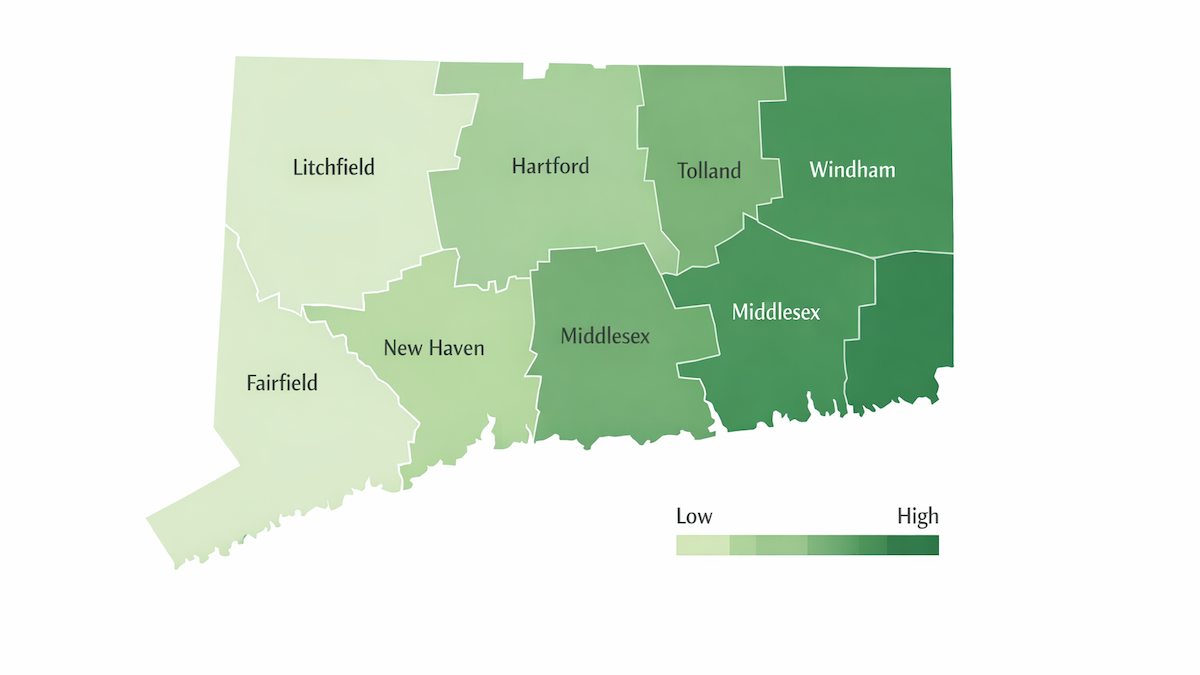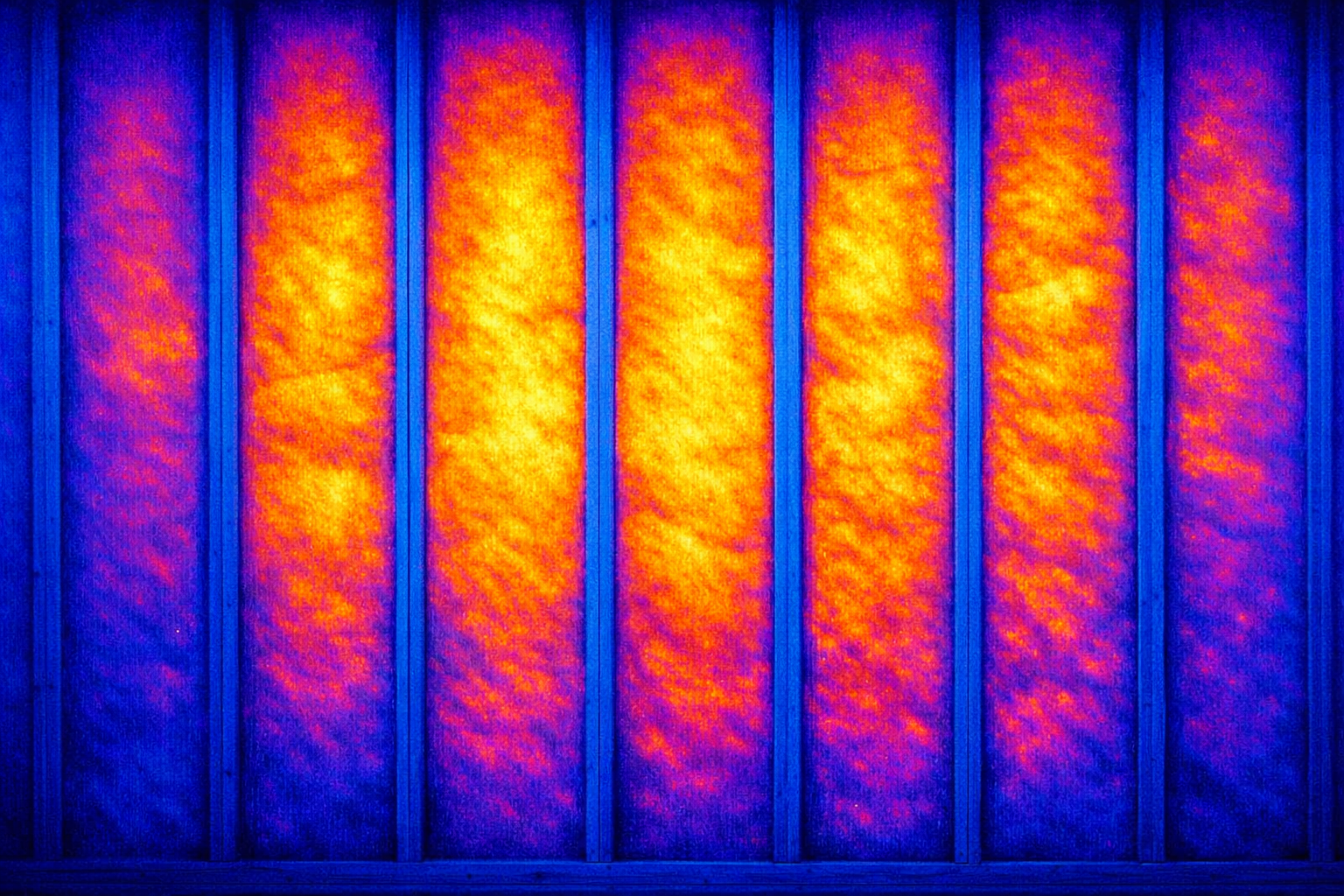Best Insulation for Hard-to-Reach Attic Areas

Let’s be honest: most attics weren’t designed with comfort—or contractors—in mind. If you’ve ever tried to belly-crawl through an attic with 16 inches of clearance and a thousand nails overhead, you know exactly what I mean. These aren’t spacious bonus rooms. They’re tight, dusty, and full of surprises.
And that’s where the insulation challenge begins.
When your attic is tough to access—low-slope, tight joists, awkward framing—it’s not just harder to work in. It’s harder to insulate right. You need a material that fills every nook without needing a full crawlspace gymnastics routine. That’s why picking the best insulation for hard-to-reach attic areas isn’t just a good idea—it’s the difference between a high-performing thermal envelope and a waste of money.
In this guide, we’ll break down why some materials work better than others in tricky attic setups, what to avoid, and how to make the most of a tough space—especially if you live in an older New England home that’s seen a few winters.
Let’s get into it.
What Makes an Attic “Hard to Reach”?
Not all attics are created equal—and some are downright brutal. When we say hard-to-reach attic areas, we’re talking about more than just a tight squeeze. We’re talking about spaces that make insulation work feel like spelunking with a staple gun.
Here’s what usually puts an attic in the “difficult” category:
- Low Clearance: Think 2 feet of headroom—just enough space to bonk your head while trying to maneuver a hose.
- No Flooring or Walkways: If there’s no plywood to stand on, you’re balancing on joists like you’re on a tightrope.
- Tight Eaves and Angled Framing: The space tapers off near the edges, making it nearly impossible to reach corners.
- Limited Access Points: Tiny hatches or awkward closet openings can make getting materials up there a logistical puzzle.
- Obstacles Everywhere: Wiring, plumbing, ductwork, and other surprises block clean insulation runs.
These are the kinds of challenges that make blown-in insulation—whether fiberglass or cellulose—a smarter, safer bet than dragging in batts and hoping for the best.
Key Challenges of Insulating Tight Attics
Insulating a cramped attic isn’t just uncomfortable—it introduces a unique set of headaches that can wreck your energy savings if you don’t account for them.
Safety and Accessibility
Low clearance, exposed nails, and sketchy flooring make it hard (and sometimes unsafe) for crews to move around. That limits which materials can be used and how well they’re installed.
Insulation Gaps = Energy Loss
If you can’t reach the corners, heat will—by escaping through them. Gaps or thin spots mean you’re not getting the full R-value you paid for.
Poor Air Sealing
Tight attics often get skipped during air sealing. That’s a big miss—especially in older homes where warm air loves to sneak into the attic and right out the roof.
Moisture and Ventilation Issues
Limited airflow and blocked soffits are common in small attic spaces. Without baffles and proper venting, moisture builds up—leading to mold, wood rot, and insulation failure.
Top Insulation Options for Hard-to-Reach Attics
Let’s talk materials. Here are the top three insulation types that actually work in tight attic situations—and where each one shines.
Blown-In Fiberglass
This is our workhorse. Blown-in fiberglass:
- Installs easily with a hose—no crawling required
- Fills gaps around wires and framing
- Doesn’t settle much, so it keeps its R-value over time
It’s lightweight, reliable, and cost-effective. In a low-clearance attic, this is often the best all-around option.
Cellulose Insulation
Made from recycled paper and treated for fire resistance, cellulose:
- Packs tightly, blocking air movement better than fiberglass
- Is great for retrofitting older homes with weird framing
- Offers decent soundproofing benefits
It’s heavier and can absorb moisture, so make sure your attic is properly vented first.
Spray Foam (Spot Use Only)
Spray foam is powerful but situational. It:
- Seals air leaks better than anything else
- Adds a moisture barrier and structural strength
- Requires space and ventilation to install safely
In tight attics, we use it for sealing rim joists or trouble spots—not full coverage.
What’s the Best Choice for Your Attic?
So what’s the best insulation for your hard-to-reach attic? Here's the short version:
- Go with blown-in fiberglass if you want broad coverage in a tight space, fast and affordably.
- Choose cellulose if you’re dealing with an older home and want high-density performance.
- Use spray foam sparingly, for sealing specific gaps and edges—not the whole attic floor.
At the end of the day, the right choice depends on your attic’s structure, access, moisture levels, and budget. And whichever material you use, it only works if it’s installed thoroughly. Half-insulating a tight attic is like half-zipping a winter coat—looks fine until the wind hits.
Pro Tips for Insulating Hard-to-Reach Attics
Air Seal First
Before blowing in insulation, seal cracks, plumbing penetrations, and light fixtures. This prevents warm air from leaking into the attic and wasting your energy savings.
Install Baffles
Tight eaves can easily block ventilation. Use baffles to maintain airflow from the soffits to the ridge—especially in low-clearance areas.
Use Depth Markers
Mark your target R-value depth so you can verify even coverage. It’s easy to underfill areas when space is tight and visibility is low.
Leave Tricky Installs to the Pros
Walking joists with a blower hose in a hot attic isn’t for the faint of heart. If your attic’s a squeeze, hire someone who knows how to work in tight spaces safely and effectively.
Watch for Old Wiring
Homes with knob-and-tube or outdated wiring shouldn’t have insulation installed until the electrical is updated. Always check before you cover it up.
Why This Matters in New England Homes
If you’re in Connecticut—or anywhere in New England—you know the drill: freezing winters, humid summers, and homes that have been around since the Carter administration (or earlier).
Many older New England homes have:
- Low-pitched roofs with minimal attic space
- No insulation or outdated materials
- Weird layouts and tricky framing that make batts useless
Pair that with rising energy costs, and suddenly your attic’s a big deal.
The good news? Blown-in insulation is perfect for this. It fills every inch without major demo work. You get comfort, lower bills, and better performance—all without turning your attic into a construction site.
Common FAQ's about Attic Insulation
Can I still use my attic for storage after insulating it?
Yes, you can still use your attic for storage after insulating, but only with proper planning. Blown-in insulation can’t be compressed by boxes—it loses R-value. To safely store items, install a raised platform above the insulation or designate storage areas with rigid insulation and flooring.
Will insulating a hard-to-reach attic cause odors or dust in my home?
Yes, insulating a hard-to-reach attic can temporarily cause odors or dust in your home. Blown-in insulation stirs up fine particles and old debris, especially in older attics. A qualified contractor minimizes this with HEPA vacuums and sealing, but a light dusty smell for a day or two is common and fades quickly.
What happens if there are pests or rodent droppings in the attic?
If pests or rodent droppings are found in the attic, the contaminated insulation must be removed and cleaned before new insulation is installed. Rodent waste poses health risks and fire hazards. A reputable contractor will identify contamination during inspection and guide the cleanup before proceeding.
Can insulation improve comfort in the rooms below a tight attic?
Insulation improves comfort in rooms below a tight attic by reducing temperature swings and drafts. Proper attic insulation helps upper-floor bedrooms and offices retain heat and stay cooler in summer, especially in homes where heat escapes quickly through an under-insulated roofline.
Is it worth insulating a tiny attic that covers only part of the house?
Insulating a tiny attic is worth it because even small uncovered areas can cause significant heat loss. Partial attic spaces create thermal weak spots that reduce overall energy efficiency. Adding insulation to just a few hundred square feet improves your home's performance and cuts energy waste.
Final Thoughts
If your attic is tight, cramped, and tough to navigate, you’re not stuck—you just need the right game plan. And for most hard-to-reach attic areas, that means blown-in insulation like fiberglass or cellulose. It gets in, fills every nook, and performs without needing you (or a contractor) to play Twister between joists.
Here’s the quick takeaway:
- Blown-in fiberglass is versatile, affordable, and ideal for tight spaces.
- Cellulose is dense, eco-friendly, and perfect for older homes.
- Spray foam is great for sealing leaks, but not ideal for full coverage in low-clearance attics.
Whatever you choose, make sure it’s installed right—with proper air sealing, ventilation, and attention to detail.
Related Articles
Let's Work Together
Ready to transform your home into an energy-efficient haven? Schedule your free energy assessment today and experience the Nealon difference for yourself.



